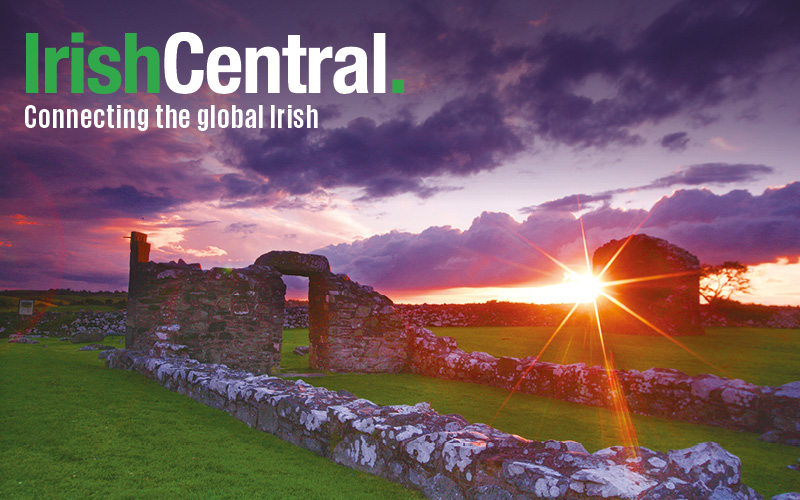Last Monday, George Marlin published an article in The New York Post entitled “Catholics' lessons for U.S. Muslims.”
Marlin is an interesting thinker who writes often about overlooked aspects of Irish American and Catholic American history.
“In earlier times,” Marlin wrote on Monday, “tens of millions who came through Ellis Island quickly embraced their new nation and what it stood for and refuted the charge that there was a conflict between their religious or ethnic loyalty and patriotism."
I have interviewed George Marlin in the past and found him to be genial and well-informed. So it is with respect that I disagree with his very charitable look back at the how the Irish and other Catholic immigrants assimilated.
In fact, it could be argued that Catholic efforts to assimilate into the American mainstream were more similar than different from current Muslim efforts.
I’d go so far as to say that the Irish took part in more so-called “un-American activities” than today’s immigrants. Imagine, for example, if 20,000 Middle Eastern immigrants congregated at Madison Square Garden to rally for the cause of, say, Palestinian independence.
Well, that’s just what many New York Irish Catholics did in 1916 after the Easter Rising in Dublin, which aimed to achieve Irish independence.
By 1917, America entered into World War I alongside the Brits, much to the chagrin of Irish nationalists in America such as John Devoy. Indeed, some factions in the Irish community were more than willing to undermine America’s allies (the Brits) and ponder alliances with America’s enemies (the Germans) in the name of a free Ireland.
This may have been a small slice of Irish America. But it is far too simplistic to suggest that Irish Americans in particular and immigrant Catholics in general came to the U.S. and forgot about their homelands. Not for nothing did President Woodrow Wilson lament “hyphenated Americans.” His comments may have been tinged with xenophobia, but Wilson was right on one thing: many ethnic Americans did have dual allegiances.
Even on the eve of World War II, Irish Catholic members of extremist groups such as the Christian Mobilizers found common ground with the Bund and other groups linked to Hitler’s Germany.
Then again, should we be so surprised? Seventy years before Devoy and so many Irish in America proved they were willing to negotiate with America’s enemies, Galway native John Patrick Riley and about 200 other Irish and Catholic immigrants fought against America itself in the Mexican-American war.
Back then they were executed as traitors loyal to Rome. Today, The Chieftains sing songs about the St. Patricio Brigade.
None of this changes the fact that a majority of Irish Catholics were willing to become patriotic Americans. Just as some immigrants were launching a crusade for Irish independence from U.S. soil, many others went off to fight alongside the Brits for their new nation.
As George Marlin notes: “During World War I, more than 1.1 million immigrant Catholics … joined the US Armed Forces. More than 20 percent of the troops who served in the war were Church members, and many served with distinction. Col. ‘Wild Bill’ Donovan, who led the famed ‘Fighting Irish’ 69th Regiment from New York, was awarded the Medal of Honor.”
And yet, the very existence of a “Fighting Irish” regiment proves that ethnic allegiances were not set aside so easily. Imagine if today’s military allowed a “Fighting Dominican” or “Fighting Pakistani” brigade? And don’t give me this business that today’s immigrants don’t fight in the military. Check the names of those wounded and slain in Iraq and Afghanistan.
In the end, I would argue that while the Irish and other Catholics did embrace America, they also changed America, for the better. It might have been smart for Famine immigrants to convert in the face of 19th Century anti-Catholicism. But the Irish held onto their beliefs and eventually convinced Americans to accept Catholicism and other minority religions.
Immigrant union leaders, meanwhile, changed the way Americans thought about working conditions and – yes – nationalists figured out a way to harness Irish American power to bring peace to the homeland.
The Irish were the first large-scale immigrant group to do this. Despite what some say, I suspect they will not be the last.




Comments